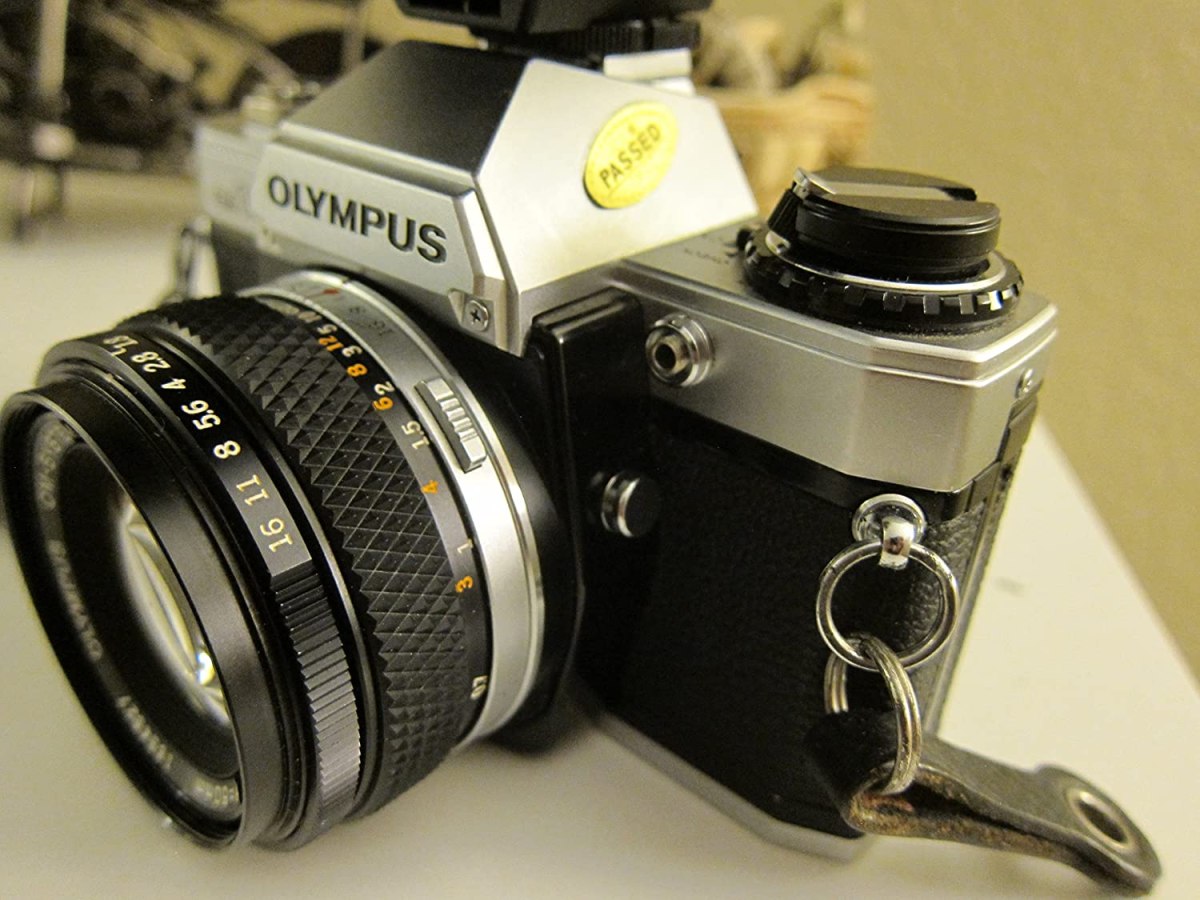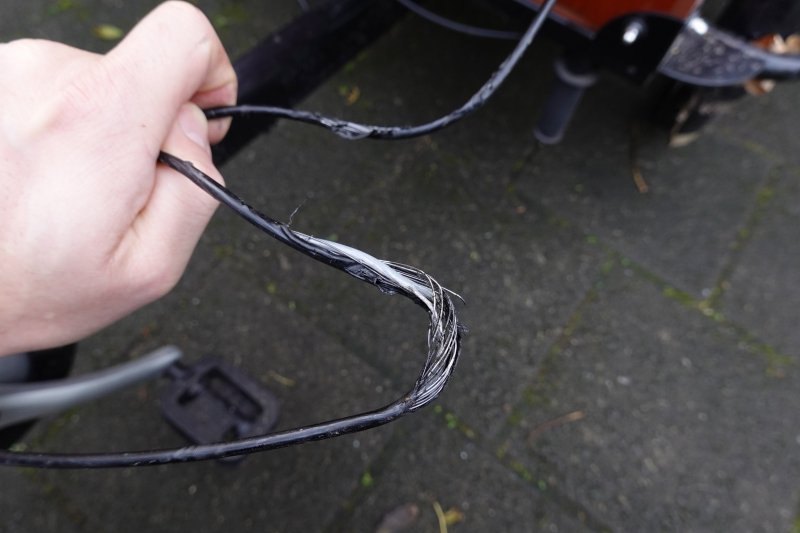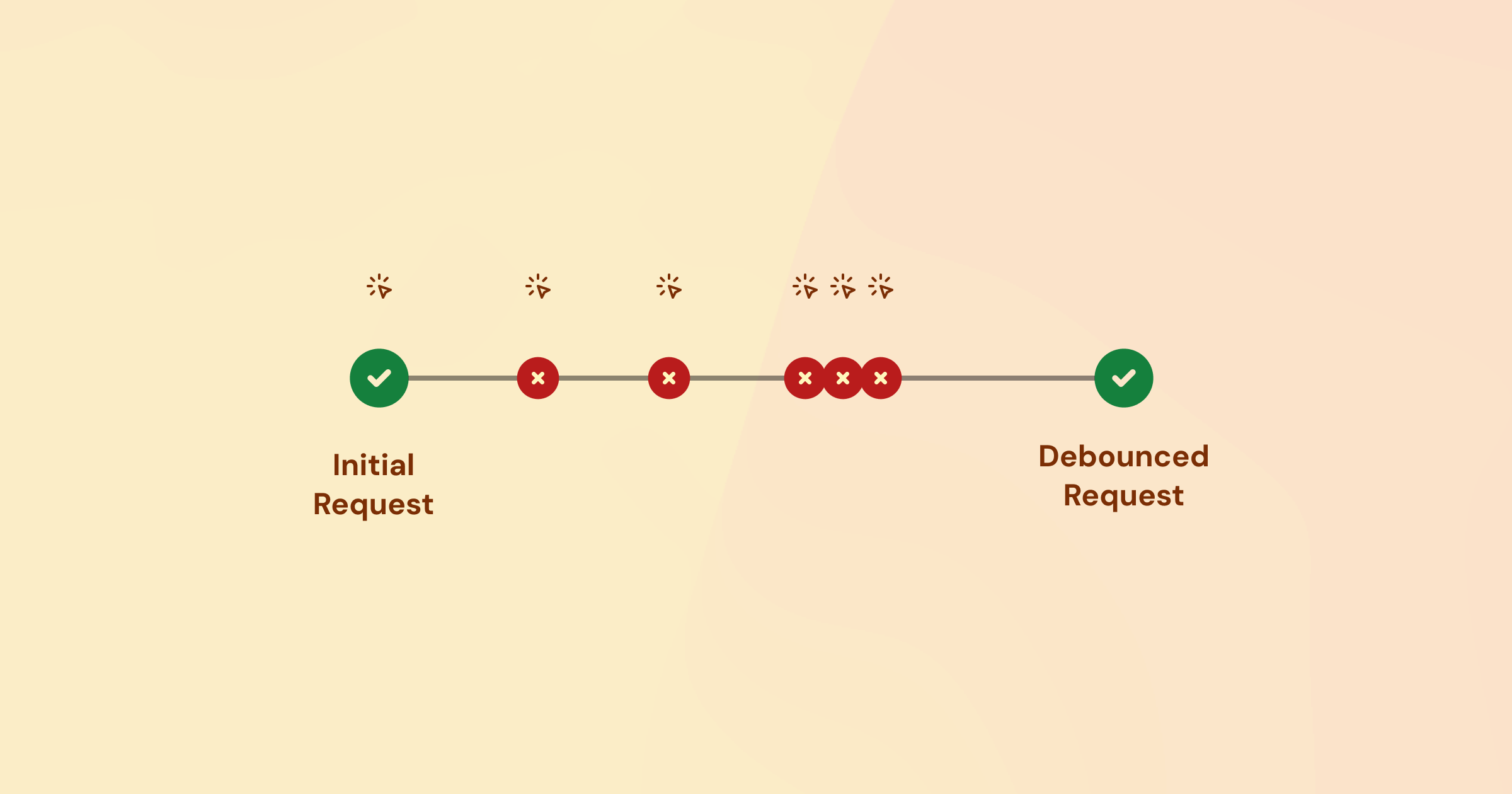![Reflex syncope - Wikipedia Reflex syncope is a brief loss of consciousness due to a neurologically induced drop in blood pressure and/or a decrease in heart rate.[ 5]](https://upload.wikimedia.org/wikipedia/commons/4/4b/Gray793.png)
Reflex syncope - Wikipedia
Reflex syncope is a brief loss of consciousness due to a neurologically induced drop in blood pressure and/or a decrease in heart rate.[ 5] [ 6] [ 7] [ 8] [ 9] [ 10] [ 2] Before an affected person passes out, there may be sweating, a decreased ability to see, or ringing in the ears.[ 1] Occasionally, the person may twitch while unconscious.[ 1] Complications of reflex syncope include injury due to a fall.[ 1]
Reflex syncope is divided into three types: vasovagal, situational, and carotid sinus.[ 2] Vasovagal syncope is typically triggered by seeing blood, pain, emotional stress, or prolonged standing.[ 11] Situational syncope is often triggered by urination, swallowing, or coughing.[ 2] Carotid sinus syncope is due to pressure on the carotid sinus in the neck.[ 2] The underlying mechanism involves the nervous system slowing the heart rate and dilating blood vessels, resulting in low blood pressure and thus not enough blood flow to the brain.[ 2] Diagnosis is based on the symptoms after ruling out other possible causes.[ 3]
Recovery from a reflex syncope episode happens without specific treatment.[ 2] Prevention of episodes involves avoiding a person's triggers.[ 2] Drinking sufficient fluids, salt, and exercise may also be useful.[ 2] [ 4] If this is insufficient for treating vasovagal syncope, medications such as midodrine or fludrocortisone may be tried.[ 4] Occasionally, a cardiac pacemaker may be used as treatment.[ 2] Reflex syncope affects at least 1 in 1,000 people per year.[ 1] It is the most common type of syncope, making up more than 50% of all cases.[ 2]
















